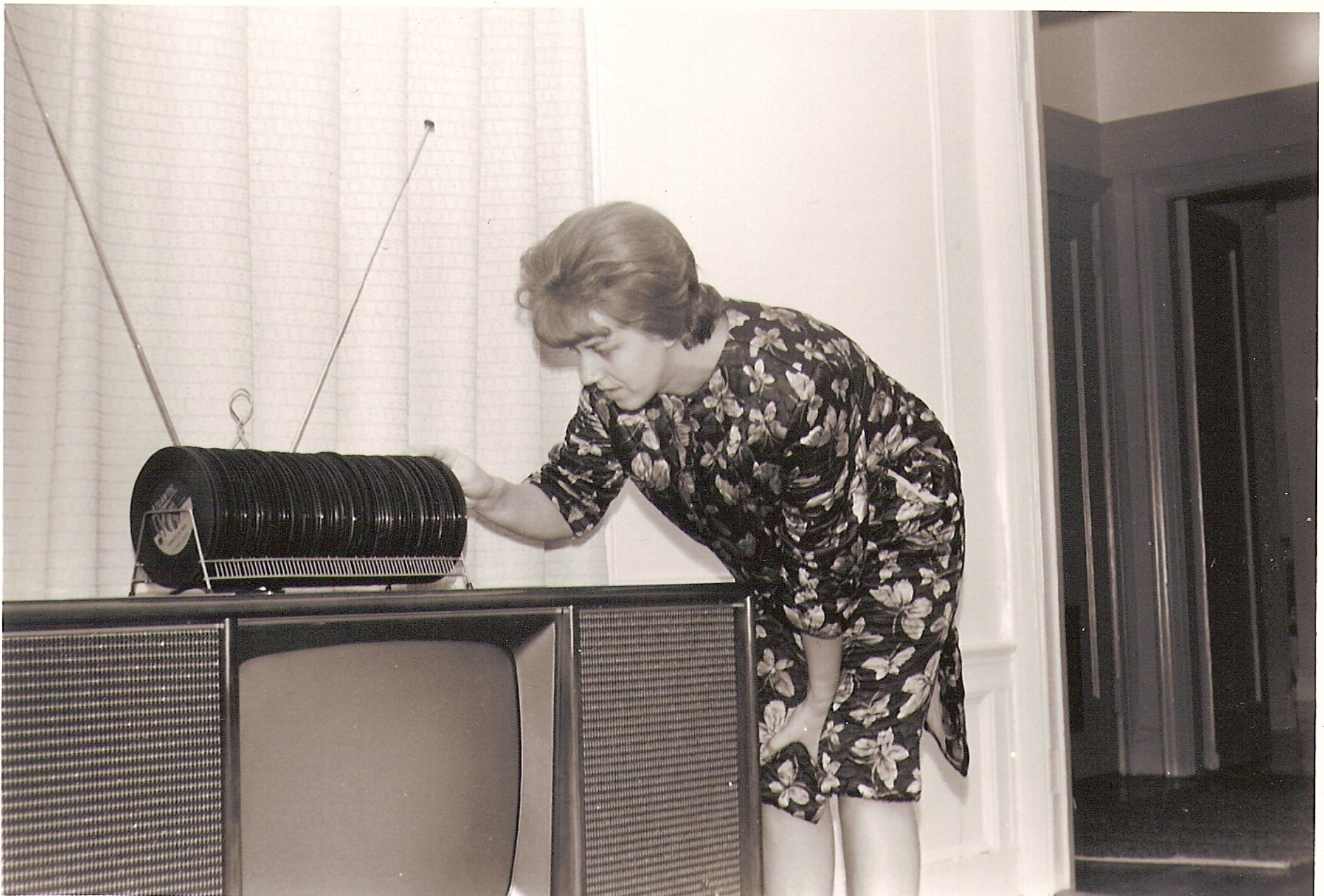Over the years I’ve collected a number of interesting old cookbooks, many from the 1940’s through the 1970’s, a time when convenience foods, casseroles and cocktail party appetizers were all the rage. Recipes in these retro cookbooks are often scary. What, in my opinion, constitutes scary? Not the liberal use of butter, cream or meat, since all wholesome foods have their rightful place in a healthy diet. Scary generally means something that does not occur in nature, or something so bastardized it is only a shadow of its former self. It does not necessarily mean processed, since some processed foods are fine. Processed just means you are taking something in its raw form and transforming it into something palatable. Certainly you can take this to the extreme, but you really need to stop and think before you condemn all processed foods. Take the much-maligned canned meat product, Spam. I may call a ‘Spam cordon bleu’ recipe scary for its odd use of ingredients, but not because Spam itself is evil. Spam is, essentially, shoulder pork and ham. The worst ingredient here is the small amount of sodium nitrite, but this is added to all cured meats, i.e., salami, bacon, in order to keep a nice color and help prevent botulism. When you compare Spam with a product like Cool Whip, a dessert topping like whipped cream with not a trace of cream (or even milk) but with hydrogenated oil and high fructose corn syrup, well, Spam starts looking as good as wheatgrass.
Other things from this era that make me fearful are lime Jell-O aspics containing mayonnaise and shredded vegetables. These materials, in my opinion, should never have been brought together in one mold – ever. I bring this up because aspics loom large in retro cooking, and some are not to be believed. The whole appetizing genre during these years is chock full of oddities, for that matter, so if you lay your hands on a cookbook from 1950, be sure to take a gander at the hors d’oeuvres section.
In my mix are retro cooking guides that are completely sane – often to my surprise, since my collection focuses on the unusual. For example, I have an Elsie the Cow-themed book published by Borden in 1952 that contains mostly classic, if dairy-intense, recipes. On the other hand, many of the cookbooks and pamphlets published by manufacturers are outrageous in the application of their products, a situation made even worse by the general trend toward convenience during those years.
I have been making an attempt of late to bring publications in from the early 1900’s, opening up a whole world of information in terms of how the culinary world adapted to technological advances, like electricity and gas. These books date back to an era when refrigeration was new, and many even advise readers that a refrigerator (and we’re not talking a three-door KitchenAid here) is “nice” for a few things, like meat and butter, but “not really necessary.” There is nothing that brings home the convenience of modern culinary life quicker than reading a chapter on how to store perishable provisions in 1910.
My collection of 1980’s and 1990’s cookbooks is not extensive, but the ones I buy for the hell of it generally have an interesting hook, so you’ll see some of those along with my workhorses, like The Frugal Gourmet series, by and by, as I post about them
I’ll be adding cookbooks as quickly as I am able. As always, contact me if you would like more information about a particular book.

